“If a tree falls in a forest and no one is around to hear it, does it make a sound?”
This question is a classic thought experiment, but may be more relevant to your brand marketing strategy than you even realize. No matter the size or scope of your offering, there’s a very good chance that someone out in the world is having a conversation that is relevant to it.
What can set a “great” marketing strategy apart from a “good” one? Leveraging real audience insights and feedback into your plan. Many analysts and content creators use social listening to go directly to the source and dig deeper into organic conversation, allowing them to fully understand what consumers want to see.
In this article, we will explore the difference between social listening and traditional performance monitoring, offer tips on how to get started with your own strategy, and examine some of the most popular tools in the space.
What Is a Social Listening Strategy?
Conversations about your brand are happening right now. If you don’t know where, it’s time to start listening. Across countless platforms—from Twitter and Facebook to Reddit, review sites, and niche forums—there are discussions that you can use to inform your brand’s next move.
The right social listening strategy will help you find them.
At its core, social listening transforms the vast ocean of social media chatter into drops of actionable intelligence. Traditional brand monitoring only covers owned search terms and direct comments on social or in surveys, but there’s so much more taking place just below the surface.
Social listening encompasses relevant industry terms and in-category conversations, and keeps an eye on similar companies to understand what the market looks like. Many tools also provide the real-time customer feedback that traditional market research methods often lack, while offering competitive intelligence that can inform everything—from pricing strategies to product launches.
With social listening, you know more than “your brand was mentioned”—you understand why that conversation took place, how the audience feels, and what you can do with that information. This approach ensures you are part of the right conversations rather than missing them entirely.
Equally as important, social listening also supports proactive brand reputation management.
By identifying potential issues early on, you will be able to address bubbling concerns before they spiral into crises, maintain a positive brand sentiment, and build stronger relationships with your target audience.
Your brand-owned social media channels can be so much more than one-way broadcasts: they are powerful tools for business intelligence and customer relationship management. With a strategic social listening approach, you can move beyond reactive responses and start actively building relationships and directly influencing your reputation.
How Do Social Listening Tools Work?
Once you’ve aligned on the strategic direction for your business and identified the need for a social listening plan, it’s time to start thinking about what tool to use. While the mechanics vary platform by platform, social listening is built on the basis of a search query that monitors keywords you identify as relevant to your interests. Typically, this begins with your brand name and all relevant products or services, and can expand to the industry you work in and other competitors you want to track.
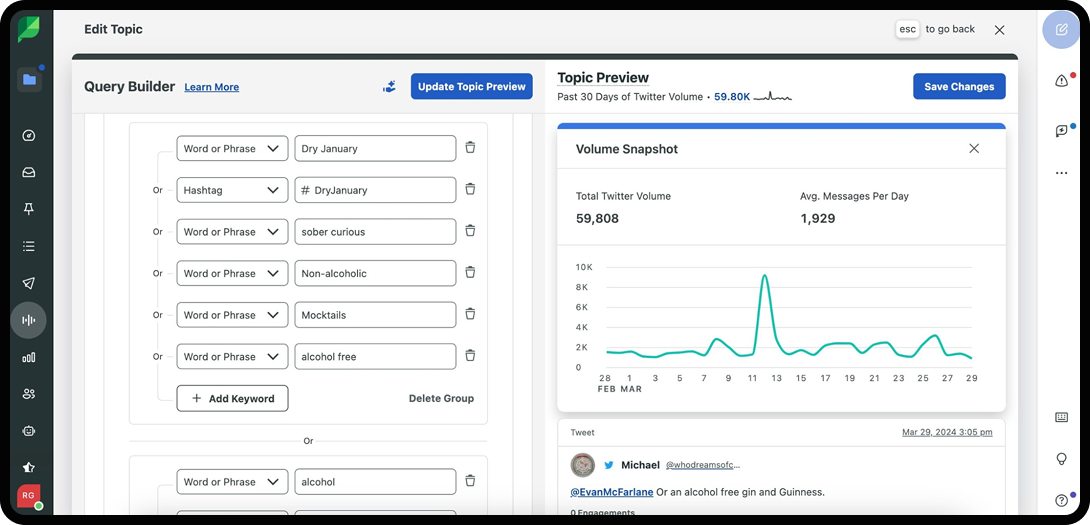
We will cover some of the most popular platforms shortly, but first, it’s important to consider what features you’ll be taking advantage of, as each system integrates these factors uniquely.
Brand Mention Tracking in Social Listening
Brand mention tracking forms the foundation by capturing both direct and indirect references to your business. This is the bread-and-butter of social listening data, with a continuously updating list of conversation that your team can reference daily, including:
- Direct Mentions: Company name, official social handles, and website URLs.
- Indirect Mentions: Product names, service offerings, campaign slogans, and branded hashtags.
- Visual Mentions: Logo appearances, product images, or branded content without text mentions.
- Context Tracking: Understanding where and how your brand appears in broader conversations.
- Influencer Mentions: Tracking when key voices in your industry reference your brand.
- Customer-Generated Content: Organic user posts featuring your products or services.
- Misspellings & Variations: Common typos, abbreviations, or alternative spellings of your brand.
Competitor Analysis in Social Listening
Competitor analysis extends monitoring beyond your brand to understand market positioning and identify opportunities. It’s important to set these keywords up to keep a close eye on what other players in the space are doing and what you can learn from their activity. Examples include:
- Direct Competitor Tracking: Primary competitors’ mentions, campaigns, and customer feedback.
- Indirect Competitor Monitoring: Tracking adjacent businesses that might compete for the same audience.
- Market Positioning Insights: How competitors are perceived versus your own brand.
- Service Gap Identification: Areas where competitors are falling short—and that you could capitalize on.
- Campaign Performance Analysis: Measuring competitor marketing effectiveness and audience response.
- Customer Migration Patterns: Understanding when and why customers switch between brands.
- Pricing & Product Comparisons: Tracking discussions about competitor offerings versus yours.
- Partnership & Collaboration Opportunities: Identifying potential white spaces in the market.
Industry Trend Identification in Social Listening
Industry trend identification helps you stay ahead of shifting consumer preferences and market dynamics—it includes:
- Emerging Keyword Monitoring: New terms, phrases, or concepts gaining traction in your industry.
- Hashtag Trend Analysis: Popular tags that indicate growing interest areas or movements.
- Topic Evolution Tracking: How discussions around key industry themes change over time.
- Consumer Behavior Shifts: Early indicators of changing preferences or expectations.
- Seasonal Pattern Recognition: Understanding cyclical trends that affect your business.
- Regulatory & Compliance Discussions: Monitoring talks about new rules or industry standards.
- Innovation & Technology Adoption: Tracking conversations about new tools, methods, or approaches.
- Cross-Industry Influence: How trends from other sectors might impact your business.
Customer Sentiment Analysis in Social Listening
Customer sentiment analysis adds emotional context to conversations, revealing the feelings behind the words. These types of metrics can be integrated directly into regular performance reporting to keep track of what tactics work to keep your target audience engaged:
- Positive Sentiment Tracking: Identifying what customers love about your brand or industry.
- Negative Sentiment Monitoring: Understanding pain points, frustrations, and areas for improvement.
- Neutral Sentiment Evaluation: Analyzing factual discussions and their potential impact.
- Emotion Intensity Measurement: Distinguishing between mild preferences and passionate advocacy or criticism.
- Sentiment Trend Analysis: Tracking how the feelings surrounding your brand change over time.
- Demographic Sentiment Variations: Understanding how different customer groups feel differently.
- Platform-Specific Sentiment: Recognizing how sentiment may vary across different social channels.
- Context-Driven Sentiment: Understanding how external events influence customer emotions toward your brand.
Crisis Management Preparation in Social Listening
Crisis management preparation establishes protocols for identifying and responding to potential issues before they escalate. This part of social listening includes things like:
- Early Warning Indicators: Identifying patterns that suggest potential problems brewing.
- Escalation Triggers: Defining thresholds for when issues require immediate attention.
- Response Team Protocols: Setting clear roles and responsibilities for different types of crises.
- Communication Templates: The creation of pre-approved messaging frameworks for common crisis scenarios.
- Stakeholder Notification Systems: Establishing processes for alerting internal teams and leadership quickly.
- Legal & Compliance Considerations: Understanding when legal or PR professionals need involvement.
- Recovery & Follow-Up Strategies: Planning for rebuilding trust and monitoring resolution effectiveness.
- Crisis Documentation: Recording lessons learned to improve future response capabilities.
5 Social Listening Tools to Consider
With all these elements in mind, there are many options for our platform of choice. It’s important to weigh the individual strengths and weaknesses of every option, as well as how they fit the needs of your company. Here’s an introduction to a few of the key players in the space.
1. Brandwatch
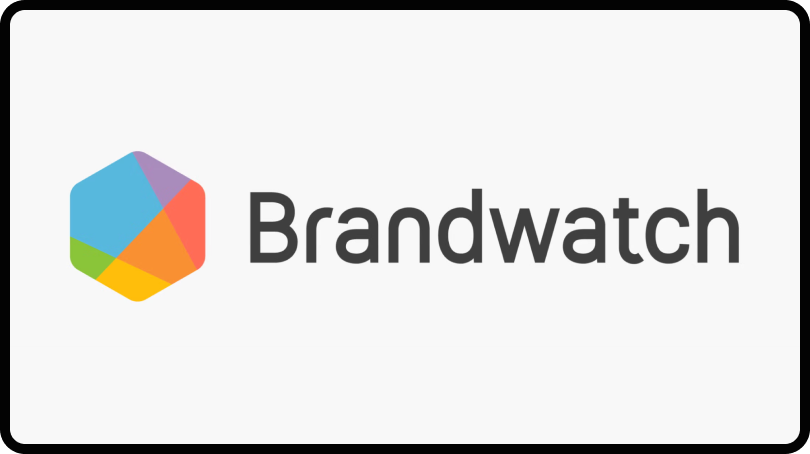
As one of the most well-known social listening tools, Brandwatch’s robust data collection capabilities extend beyond social media to include forums, blogs, Reddit, and news sources.
Users looking for advanced analytics, strong sentiment detection, customizable dashboards, and powerful Boolean search functionality usually find their needs met with this data-driven source. Additional metrics include brand health, audience insights, and trend forecasting.
Many sophisticated AI features, including image recognition and demographic breakdowns, are offered in higher-cost plans. However, Brandwatch comes with a steep learning curve and a higher price point, making it less accessible for smaller teams. It also doesn’t offer native publishing or engagement tools, so it works best when paired with other platforms or used by dedicated insights teams.
2. Sprout Social
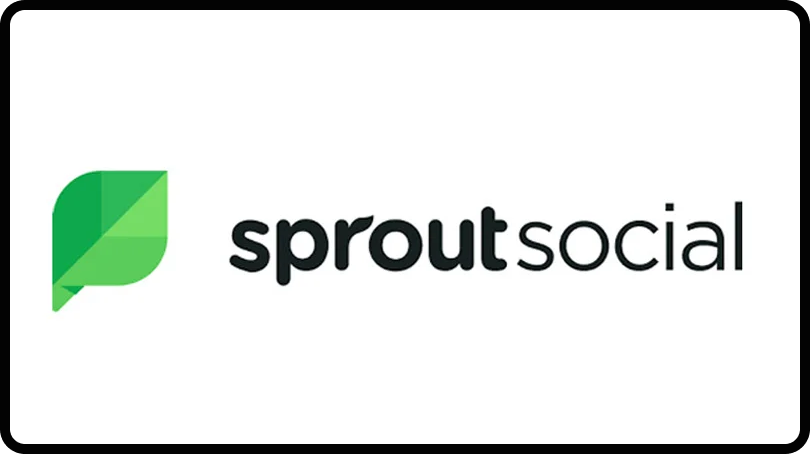
Positioned as an all-in-one platform that combines publishing, engagement, analytics, and social listening, Sprout Social is well-regarded for its user-friendly interface.
While Sprout’s listening tools aren’t as customizable as some competitors, the platform excels at ease-of-access and collaboration, providing a central hub for larger social teams. The platform does not currently support deep data segmentation or complex queries, but pairs insights with the ability to schedule content and access direct community management.
Listening capabilities are integrated into the platform’s broader workflow, making it a strong option for mid-sized teams that want to monitor brand mentions, uncover trends, and analyze sentiment without needing a separate tool.
3. Sprinklr
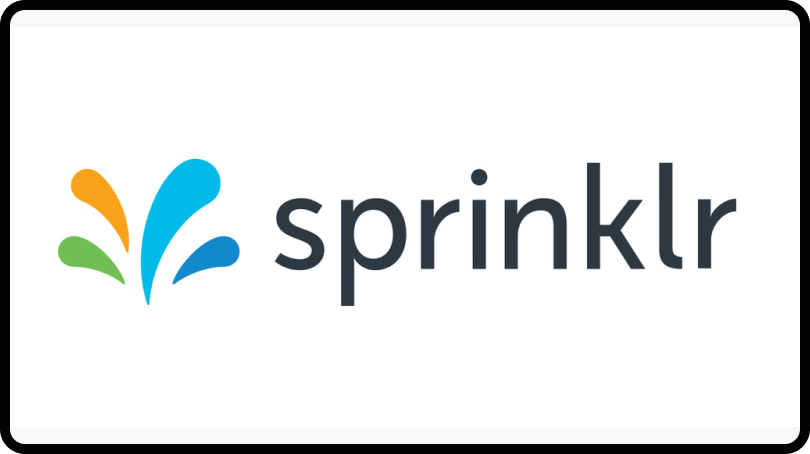
Sprinklr is typically the go-to platform for many established companies, offering a full-scale enterprise solution that leverages strong AI-driven insights and trend analysis. The platform was built to tie social signals to tag larger business initiatives, like customer satisfaction and product feedback.
Because Sprinklr is designed for companies that want to unify customer experience, marketing, and social listening, it is expensive and complex, often requiring significant onboarding and configuration. It’s best suited for large organizations that need an omnichannel listening solution integrated across departments—less so for agile teams or short-term activations.
4. Hootsuite

Hootsuite is the first choice of many social media managers, and is great for smaller teams, or those focused on content delivery (who only need surface-level monitoring capabilities).
Widely used as a publishing and scheduling tool, Hootsuite does offer some limited listening functionality. Users can set up streams to monitor keywords, hashtags, and mentions across their priority channels. This approach prioritizes real-time engagement and basic brand monitoring, but the social listening range is relatively shallow and lacks advanced analytics, sentiment tracking, or customizable queries.
5. Mention
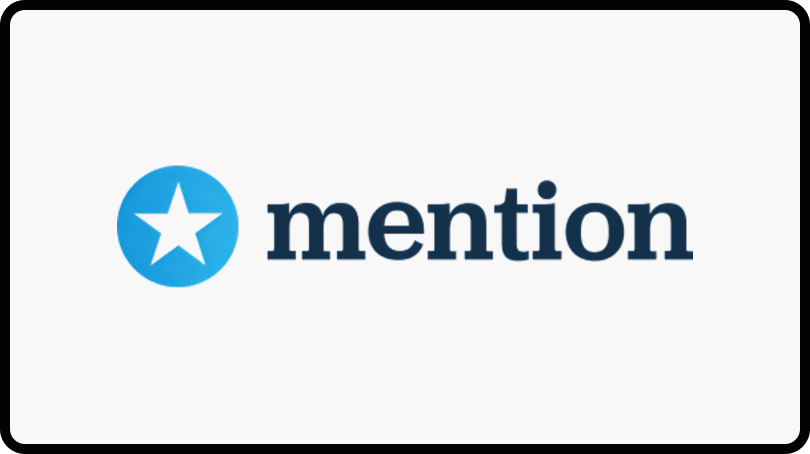
Finally, Mention is particularly well-suited for smaller teams looking to track earned media, brand reputation, or competitor activity without getting bogged down in complex dashboards.
As a relatively affordable and nimble solution, it offers a simple and responsive interface with live alerts to keep users updated on relevant conversations. That being said, many larger organizations feel that this platform lacks deeper analytics and the historical data depth of more robust platforms. It’s a great entry point for teams just getting started with listening, or those focused on media monitoring rather than data science.
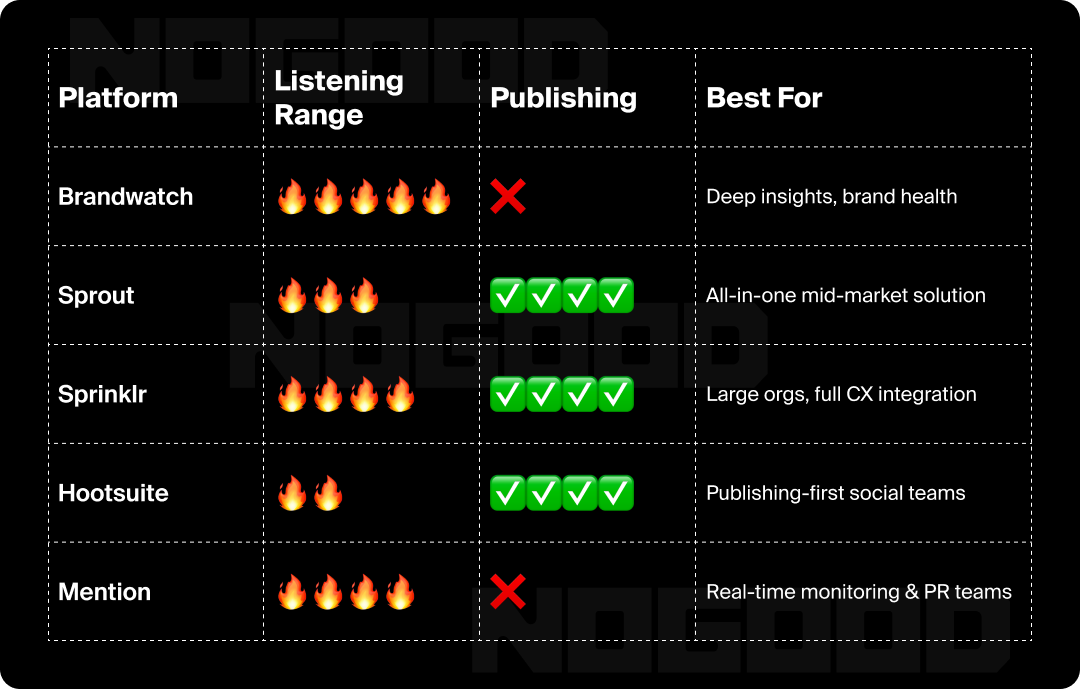
Social Listening in Action: Goals & Best Practices
We’ve seen social listening evolve from a “nice-to-have” marketing tactic into a critical business intelligence function. Businesses that master this discipline gain significant competitive advantages over those still relying on traditional market research alone.
Capturing genuine conversations at scale provides a more realistic sense of your brand’s perception and provides more opportunities to engage directly with your target audience. Social listening can fuel user-generated continent campaigns, surprise-and-delight moments, and even surface potential influencer partnerships.
Before implementing new tools and strategies into your workflow, it’s important to have clearly-defined goals in mind. Starting small with priority keywords and focused parameters will help to get a sense of what existing discussions you can leverage for learnings.
As you scale up your social listening operations, you can begin to share insights with various departments and key stakeholders. For example, product developers can utilize direct customer feedback to address new features and pain points. Having a system to address early warning signs for emerging issues can be indispensable for smaller teams getting priority campaigns off the ground.
However you choose to integrate social listening into your content strategy, there’s always room to experiment and improve. If you are looking to get started, or find yourself curious about how this approach could benefit your team, NoGood is here to help.






